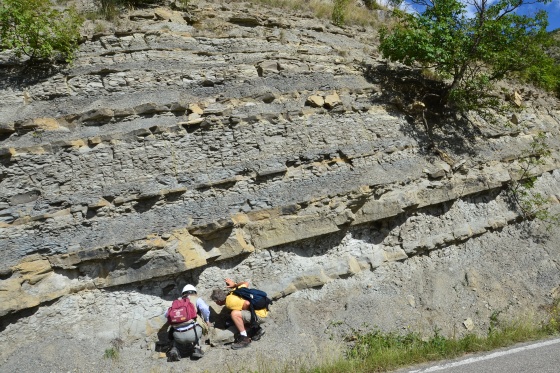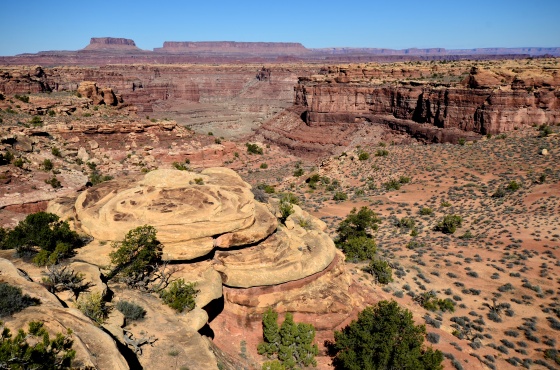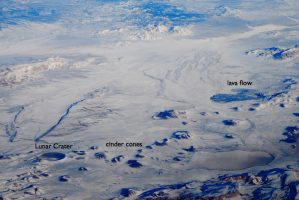We are well into 2014 now, but it is not too late to look back at 2013 and pick some of the best moments (which means photos in my case) of the year that just passed.
We started out the year with a trip to Zion and Bryce Canyon National Parks. Although it was fairly cold (especially at Bryce Canyon NP — this park has a much higher elevation overall than Zion NP), we had lots of sunshine and did several day hikes. Visiting these parks in the winter is a great idea — they are a lot less crowded than in the summer, and obviously the landscapes and sights are quite different when they are covered with snow.
Zion National Park is paradise for a sedimentologist: there are endless, top-quality exposures of the Navajo Sandstone, showing all kinds of sedimentary structures characteristic of deposits of wind-blown sand. I have included two examples here; you can find more on my Smugmug site.
Sedimentologically, Bryce Canyon National Park is a bit less exciting than Zion, but this is counterbalanced by the fantastic geomorphology of this place. I haven’t seen Bryce Canyon in the summer, but I wouldn’t be surprised if it was more beautiful when it’s covered with snow.
In February, I went on a ‘business’ trip to Torres del Paine National Park in Southern Chile: I attended a field consortium meeting organized by Steve Hubbard’s group at the University of Calgary. I have been to this area several times before, as it has some of the best outcrops of turbidites (= deep-water sediments) in the world, but I was once again shocked how uniquely beautiful Chilean Patagonia can be.
At the end of the official trip, Zane Jobe (who is blogging at Off the Shelf Edge) and I did a bit of geo-turism: we went to see Glacier Grey and Lago Grey, and then did a day hike in the park to check out the actual Torres del Paine. The rest of the photos are here.
In July, my wife and I took a few days to do some hiking and running in Rocky Mountain National Park. I was struggling with a running injury at that time, but the mountains and the trails acted as efficient tranquilizers. More photos at Smugmug.
In September I attended a research conference on turbidity currents in Italy and Peter Talling showed us some of the classic outcrops of the Marnoso-Arenacea Formation. These rocks are very unique because they were deposited by huge submarine flows that covered the entire basin floor. Always wanted to see them and it was enlightening to get up close to them.

Turbidites of the Marnoso-Arenacea Formation, Italian Apennines. David Piper and Bill Arnott for scale
In October we spent a long weekend in Moab, Utah, to participate in our first trail races, but we also did some hiking. Running the Moab Trail Marathon was an amazing experience (I think I will have to do it again this year); unfortunately I didn’t take a camera with me, as I was trying to focus on running (and surviving the race).
To continue with the theme of ‘national parks in winter’, some friends from California and the two of us wrapped up the year with a Christmas trip to Yellowstone and Grand Teton National Parks. More photos, of course, at Smugmug.














































